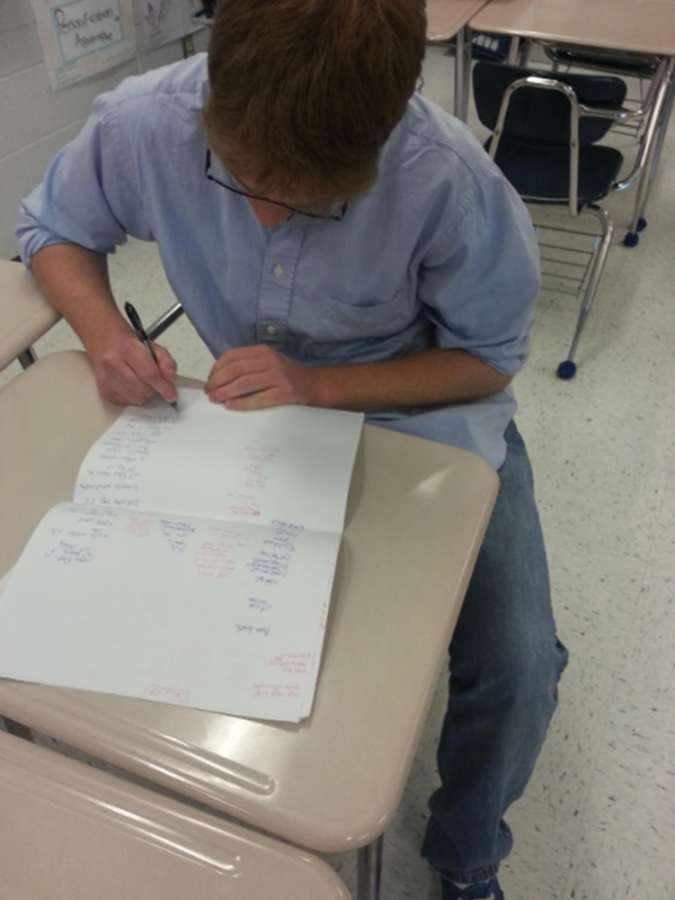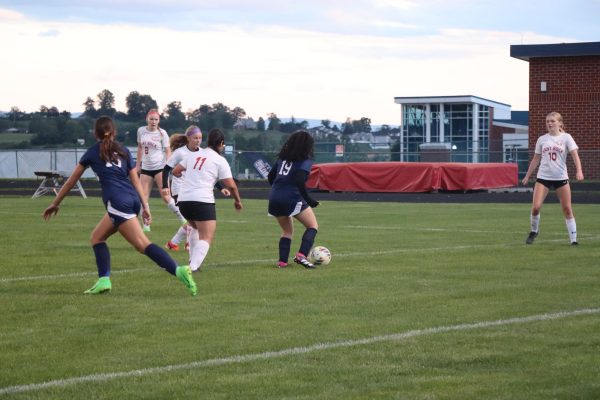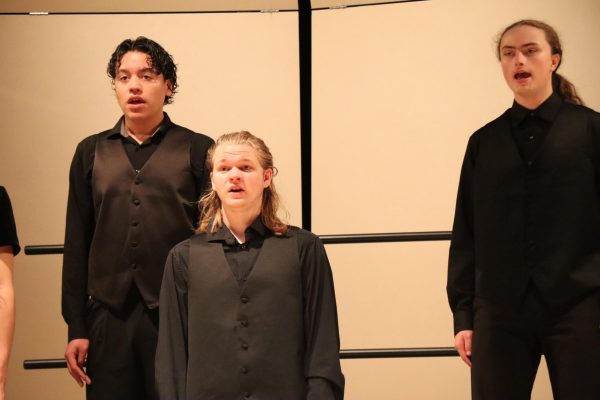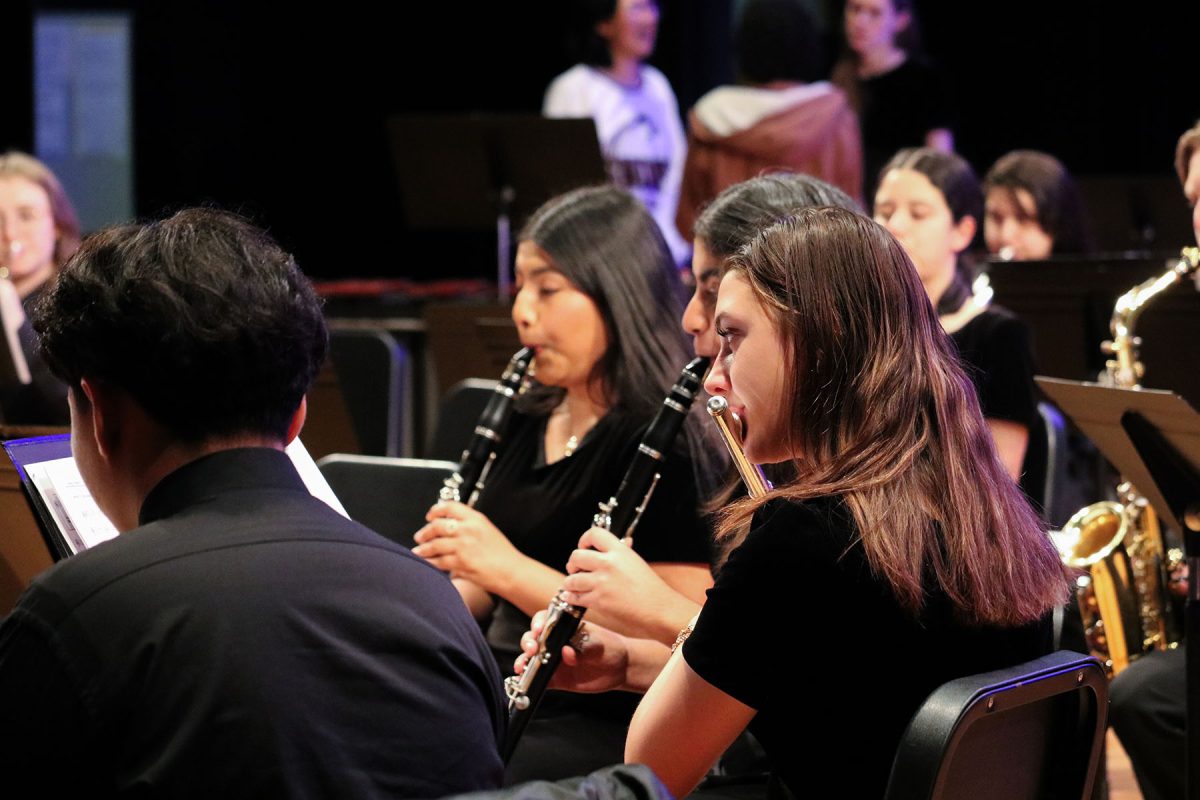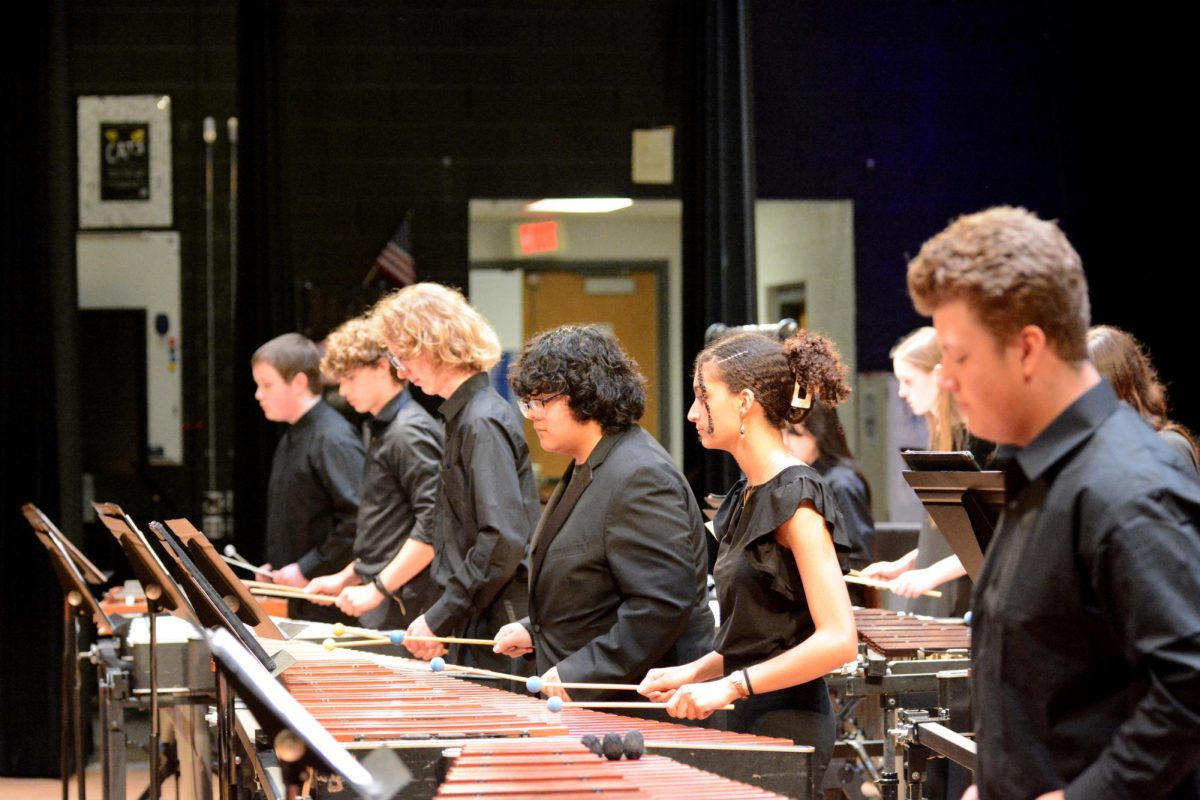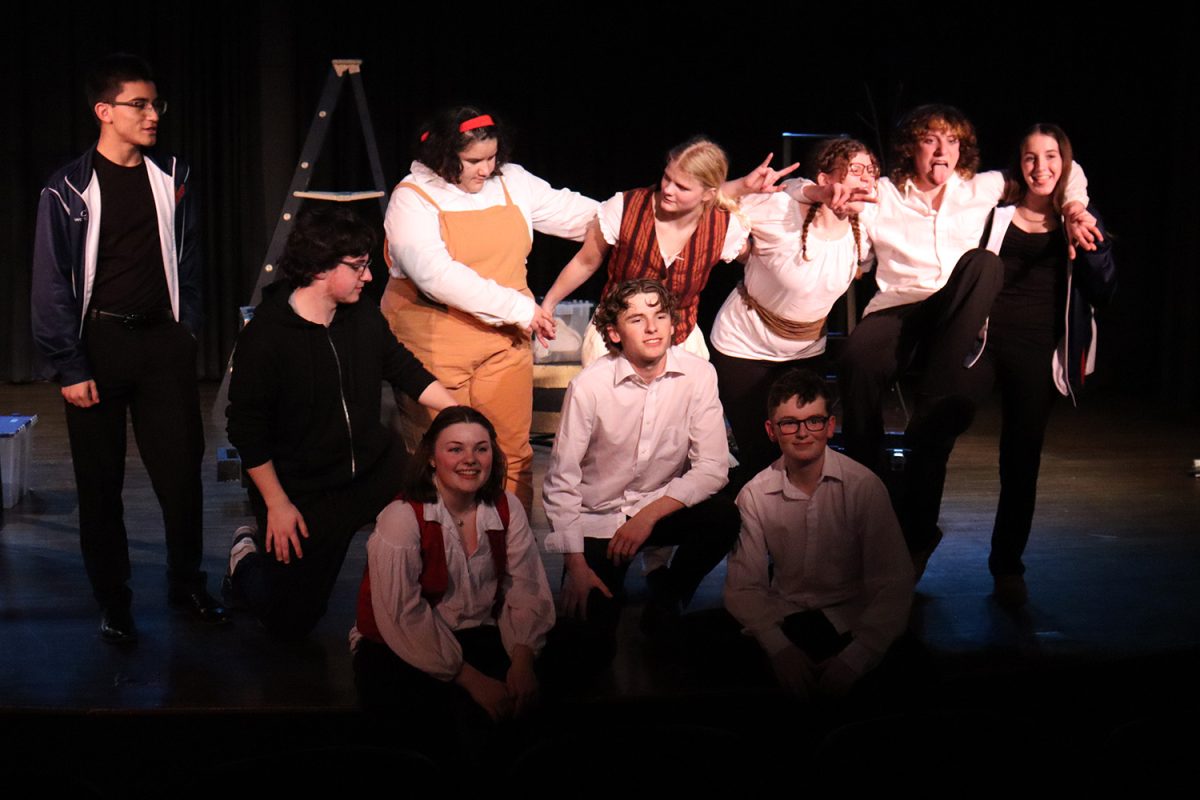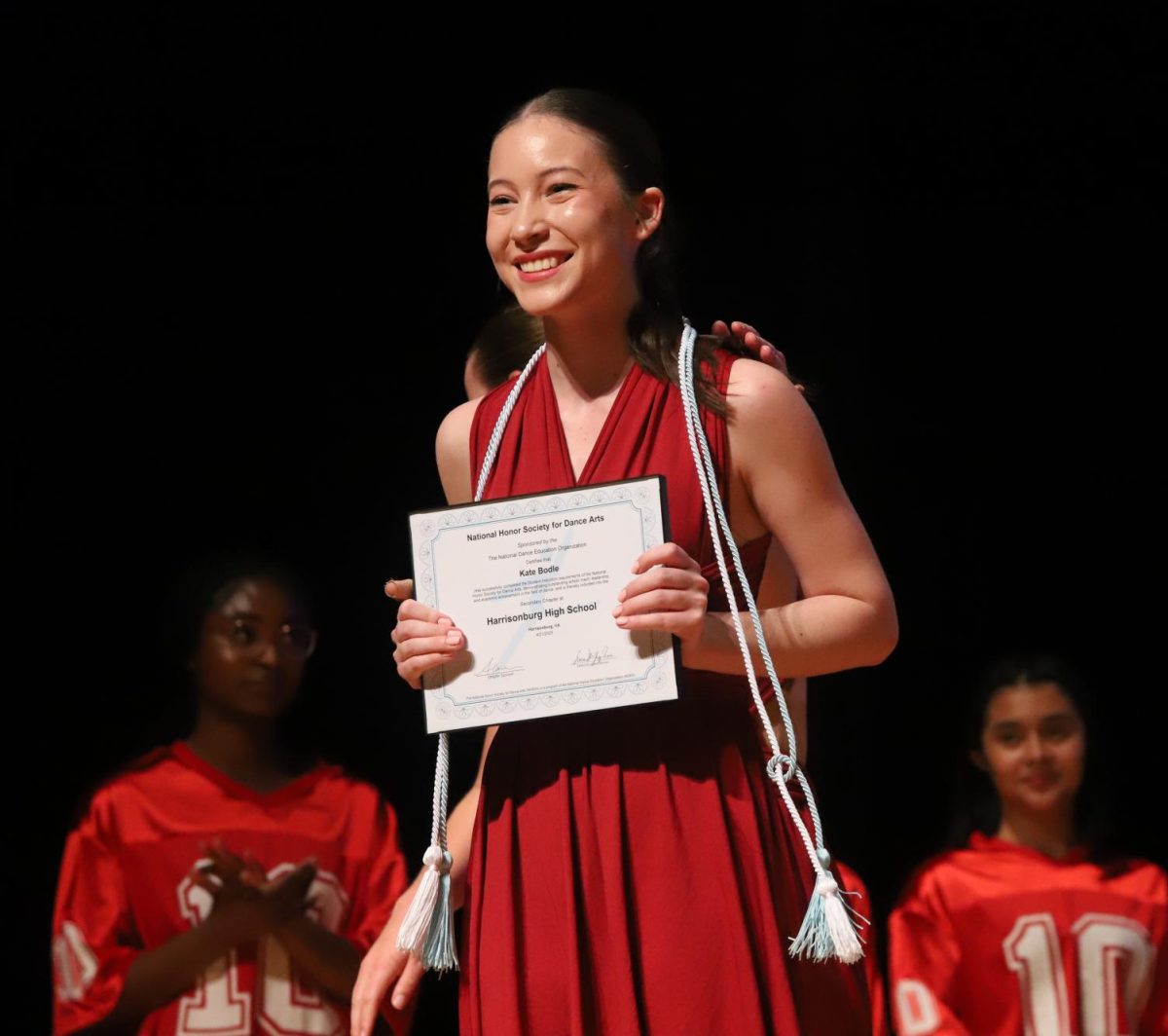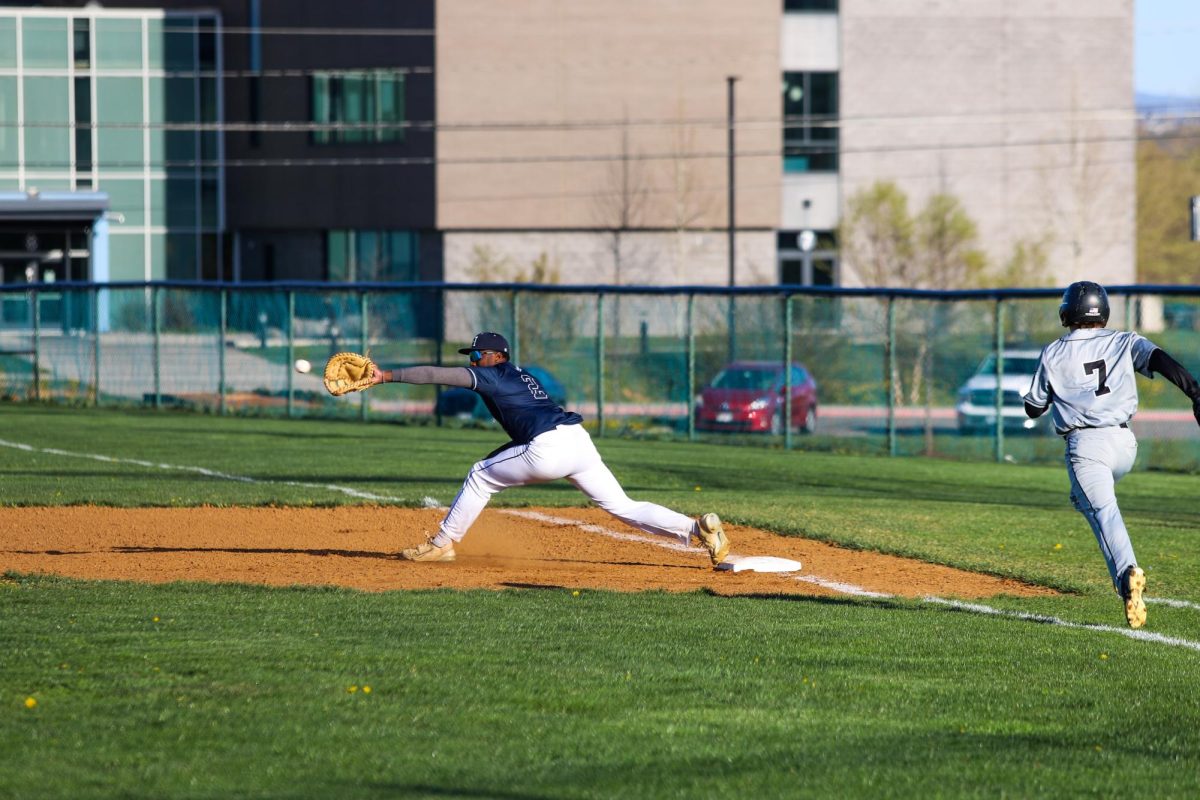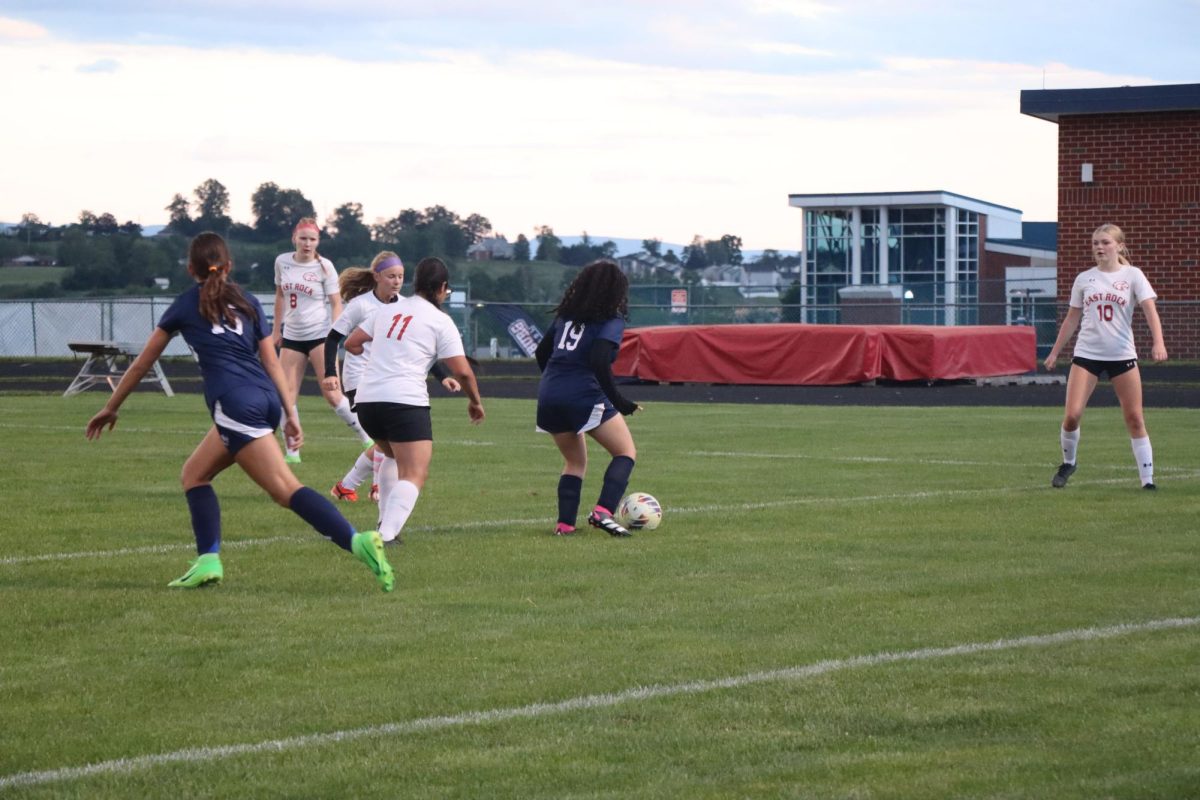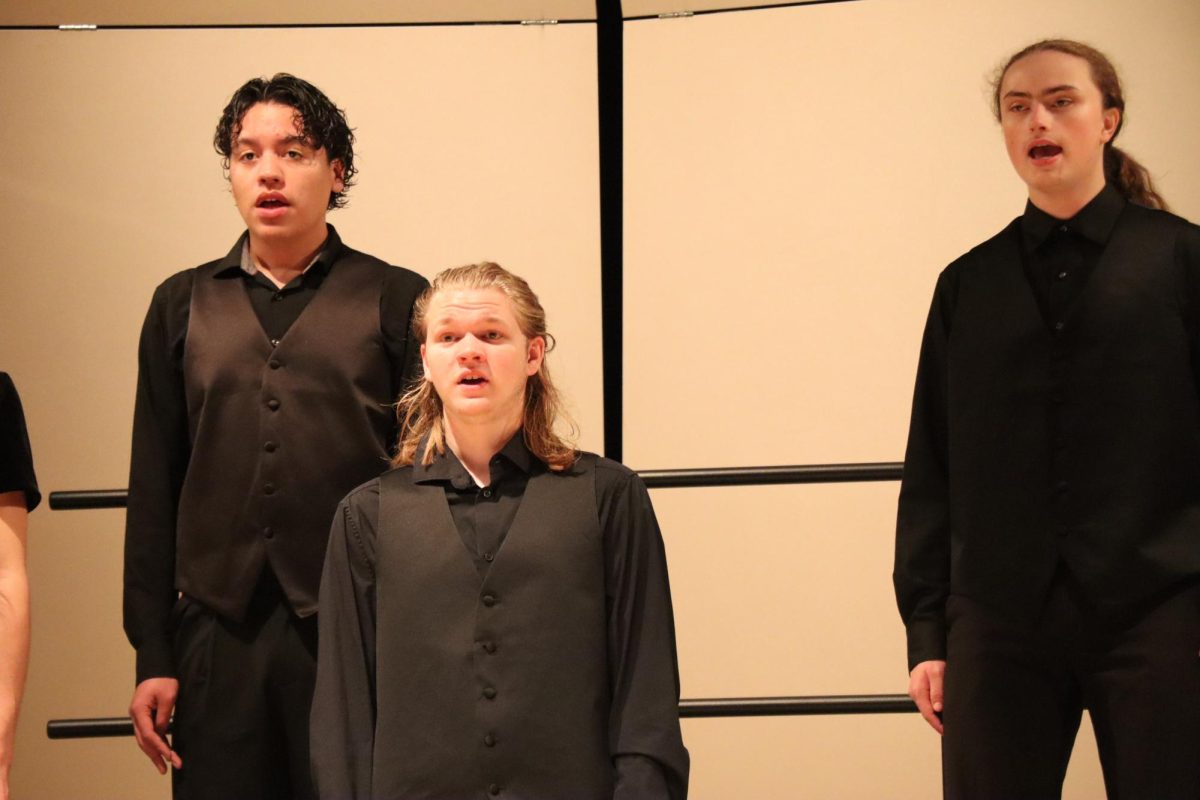What is Policy Debate?
October 20, 2014
Policy debate is an enigma. Truth be told, if you ask of someone what it’s all about, their answer will likely leave you more confused than before.
Senior debater Atticus Bolyard gave explaining it a shot.
“In policy debate, there are two teams of two people. They take turns giving 8 minute speeches and participating in cross examination, where one team bombards the other with questions for 3 minutes. After another round of 5 minute speeches without cross examination, a judge decides who wins the debate round,” said Bolyard.
Easy enough so far, right?
Where policy debate gets dense is determining the winner. There are very few rules governing what can be said and who wins – in fact, those are subjects of the debate round.
Throughout the 20th century, policy debate revolved around one team proposing and defending some federal government action and the other team attacking it, focusing on building skills for future policymakers. In recent decades, the activity has become self-aware. Teams began to argue that blind complicity with structures like patriarchy and capitalism in the debate space spills over to us never thinking about how they adversely might affect our lives, and that we should use debate as an activity to develop good thinking habits. The beautiful thing about policy debate is that if you can convince the judge that debate should be viewed in a certain way or that the rules to debating that you propose make the activity more healthy, then that framing and those rules are implemented in the round.
Details aside, policy debate it is a VHSL sponsored event that has monthly district events and a road to states in the spring. Policy debate also exists on a national scale however. The Georgetown Day School Invitational, which took place over the weekend from September 26th to September 28th near Washington, D.C., was a tournament of the latter variety.
The High School National Circuit has a different level of competition from that within the state. “Virginia is actually one of the weakest debating states in the country,” said Bolyard. “Until last year, there hadn’t been a single Virginia team in the Tournament of Champions, which only lets successful teams enter.”
National level tournaments all follow a nearly identical structure. There are a number of pre-elimination rounds, usually between 6 and 8, and the teams with the top records break into the “out rounds”, usually beginning at octofinals. Depending on the tournament, the top two, four, or eight teams will receive a “bid” to the Tournament of Champions; any team receiving at least two bids is given the opportunity to compete at it.
The Georgetown Day School Invitational had seven prelim rounds and broke into octofinals. Harrisonburg High School’s team of Aarash Heydari and Atticus Bolyard achieved a 4-3 record in the prelims, barely missing their opportunity to advance to the out rounds.
“This was our first National Circuit tournament individually and also our first time debating as partners,” said Bolyard. “We’re actually fairly happy with our performance. Some of the teams we almost beat in the prelim rounds got to the quarter- and semifinals. 4-3 is the best record that a Harrisonburg team has achieved at a bid tournament in history. We’ll hopefully be attending many other bid tournaments this year and we hope to see even more success.”



